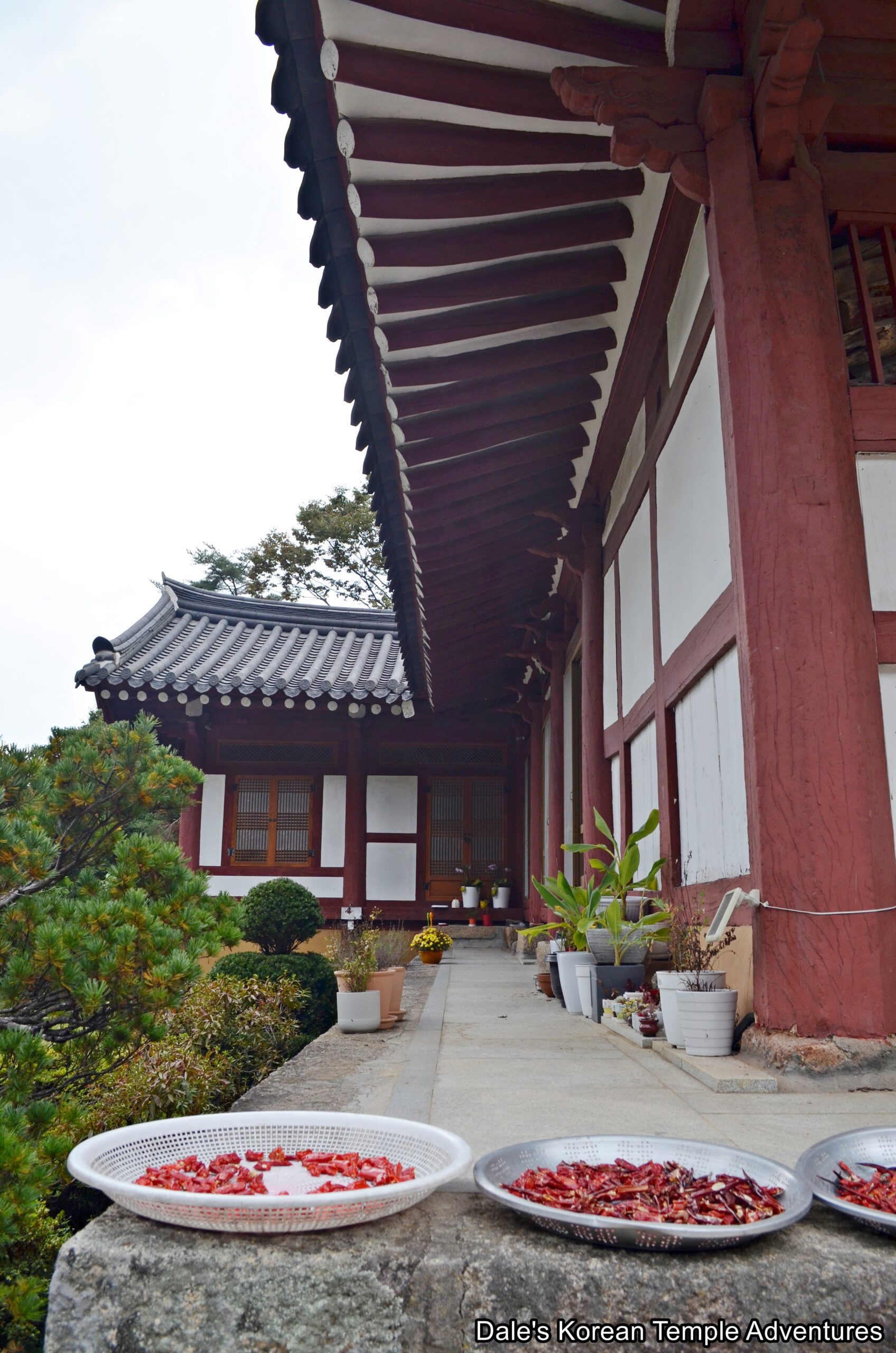
Hermitage History
Gukilam Hermitage is one of a dozen hermitages on the Haeinsa Temple grounds in Hapcheon, Gyeongsangnam-do. As a result, Gukilam Hermitage is beautifully situated in Gayasan National Park. It’s unknown as to when Gukilam Hermitage was first founded. It’s also unknown who first founded the hermitage, as well. The name of the temple derives from the monk Byeokam (1575-1660).
Byeokam was born in Boeun, Chungcheongbuk-do. His father died when he was nine years old, and Byeokam became a monk at the age of fourteen under the monk Buhue (1543-1615). When the Imjin War (1592-98) started, Byeokam participated in the war under Buhue. And when the war was over, Byeokam returned home. Later, and at the behest of King Gwanghaegun of Joseon (r. 1608-1623), Byeokam became the abbot of Bongeunsa Temple. In 1624, Byeokam supervised the construction of the Namhansanseong Fortress in 1624. For his service, and the construction of the fortress in three years, Byeokam received the title of Gukil-dosa.
As for Gukilam Hermitage, it was rebuilt by Byeokam in 1637. Later, it would be rebuilt and repaired in 1942 and 1948. Currently, the hermitage is run by nuns.
The hermitage is home to two Gyeongsangnam-do Tangible Cultural Properties. The first is the Gupum-do, while the other is the Shinjung Taenghwa (Guardian Mural).

Hermitage Layout
Gukilam Hermitage is undergoing a lot of renovations and construction lately. You’ll pass through a gate to the far right, which is part of a long building that also acts as dorms to the left. Entering into the outer courtyard, you’ll instantly notice what looks to be a newly built multi-purpose building. This L-shaped building acts as the administrative office, dorms, and kitchen to the hermitage. It was also in this area, and on the far right ledge of the building, that a basket of peppers was drying in the cool autumn air.
You’ll pass by two sites that are currently under construction on the far right side of the hermitage grounds. They appear to have once been nuns’ dorms; and perhaps in the not-too-distant future, they’ll be dorms, once more.
Between the building sites to the right and the newly constructed multi-purpose building to your left, you’ll enter into the outer courtyard at Gukilam Hermitage. In this part of the hermitage grounds, you’ll find the only shrine hall at Gukilam Hermitage. Like Yaksuam Hermitage and Bohyeonam Hermitage that are also on the Haeinsa Temple grounds, the main hall is well-hidden.
The main hall at Gukilam Hermitage appears to be a Myeongbu-jeon Hall. The exterior walls to this simplistic shrine hall are adorned with murals of the Sibiji-shin (The Twelve Spirit Generals). The plain green latticework at the front of the main hall are joined by whimsical Gwimyeon (Monster Mask) murals at the base of the front doors. Stepping inside the Myeongbu-jeon Hall, and hanging on the far right wall as you enter, you’ll notice the historic Shinjung Taenghwa. As for the main altar, you’ll find a solitary image of Jijang-bosal (The Bodhisattva of the Afterlife) inside a glass enclosure. And joining this main altar statue of Jijang-bosal to the left and right are a pair of paintings dedicated to Chilseong (The Seven Stars) and Sanshin (The Mountain Spirit). The image of Sanshin almost appears to be a conflation of Sanshin and Dokseong (The Lonely Saint) into one individual image. And joining this hybrid image of Sanshin is a leopard-like tiger that stares off into the distance with its black, gold, and green eyes.
How To Get There
To get to Gukilam Hermitage, you’ll first need to get to Haeinsa Temple. And to get to Haeinsa Temple, you’ll first need to get to the Seobu Bus Terminal in Daegu. From here, you can catch an express bus to Haeinsa Temple. This express bus departs every 40 minutes, and the bus ride lasts about an hour and a half. After arriving at Haeinsa Temple, you’ll need to head south from the Iljumun Gate. You’ll pass by a collection of biseok (stele) and budo (stupa) There is a mountain road with a large rock and sign markers that point you towards the four hermitages in this area of the Haeinsa Temple grounds. The first hermitage along the way is Gukilam Hermitage. From the Iljumun Gate to the hermitage, it’s about 500 metres. In total, and depending on how fast you walk, it should take 10 to 15 minutes to get to Gukilam Hermitage.
Overall Rating: 2/10
There wasn’t a lot to see or experience at Gukilam Hermitage before the construction on the hermitage grounds, and there is even less to see now. With that being said, Gukilam Hermitage is mostly for diehard temple adventurers that might want to see all of the hermitages on the Haeinsa Temple grounds. Outside of wanting to see all of these hermitages, the highlights at Gukilam Hermitage are the murals of the zodiac generals that adorn the exterior walls of the main hall, the historic Shinjung Taenghwa, and the older Sanshin (Mountain Spirit) mural inside the main hall.
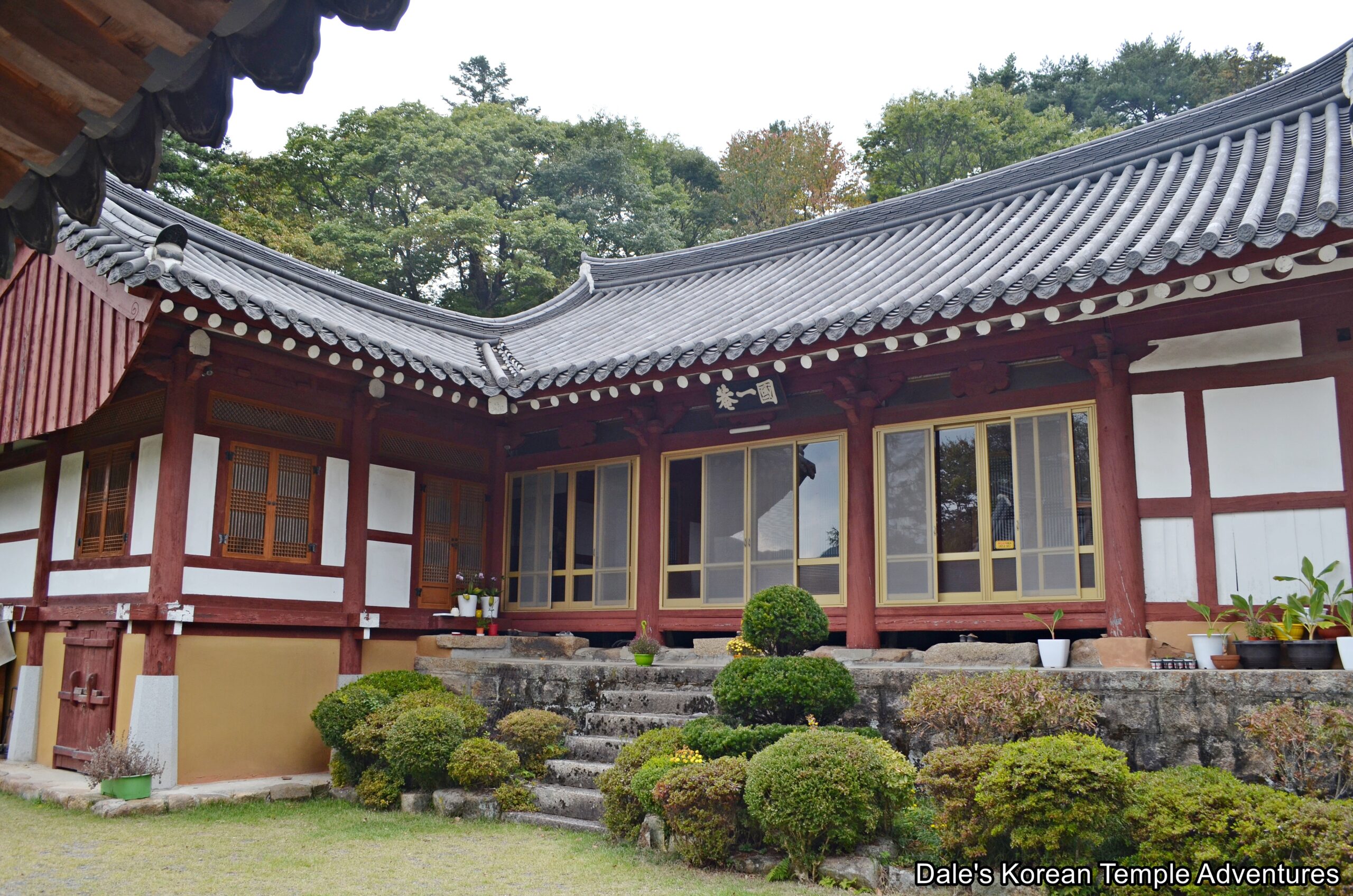
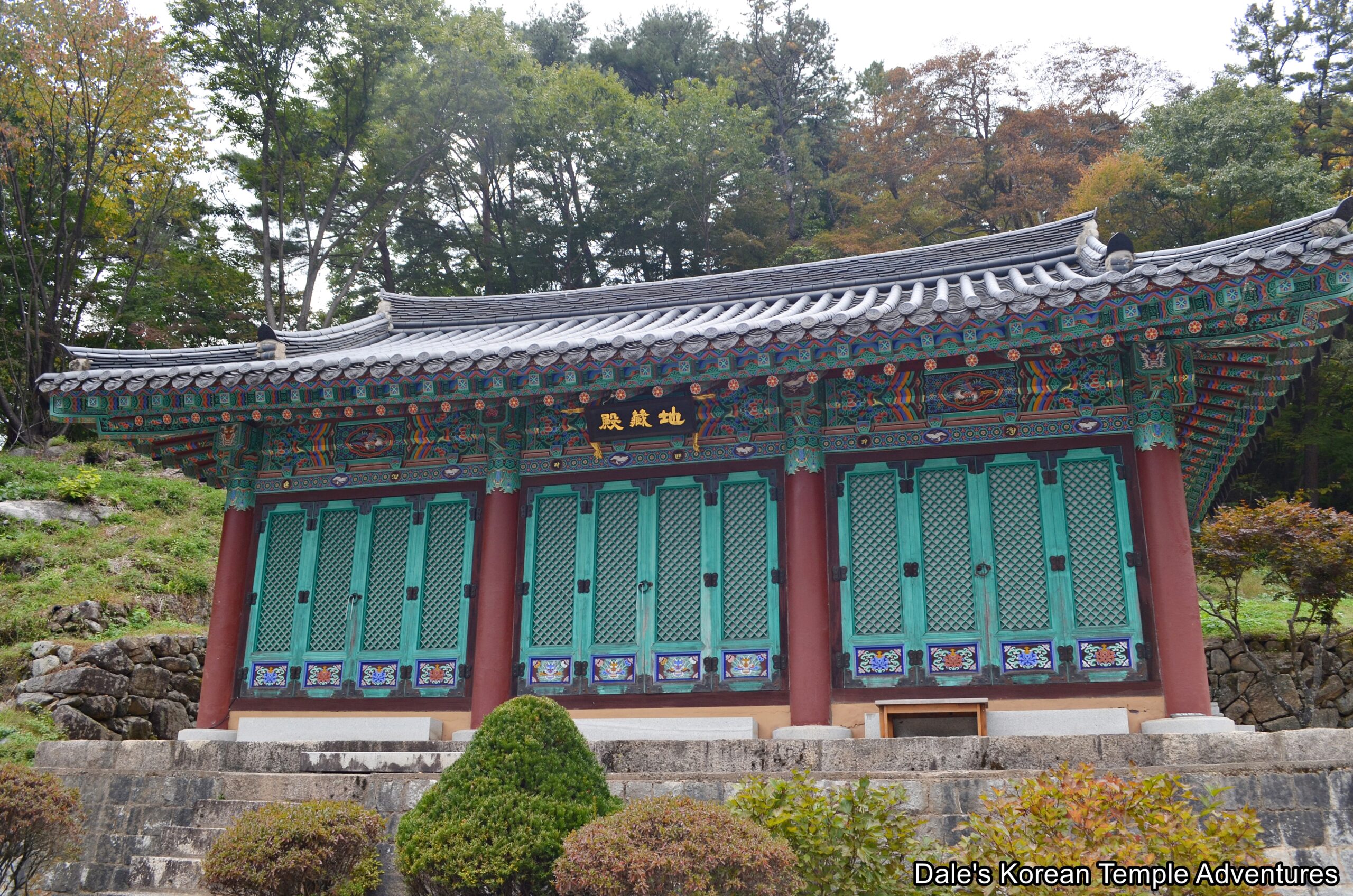
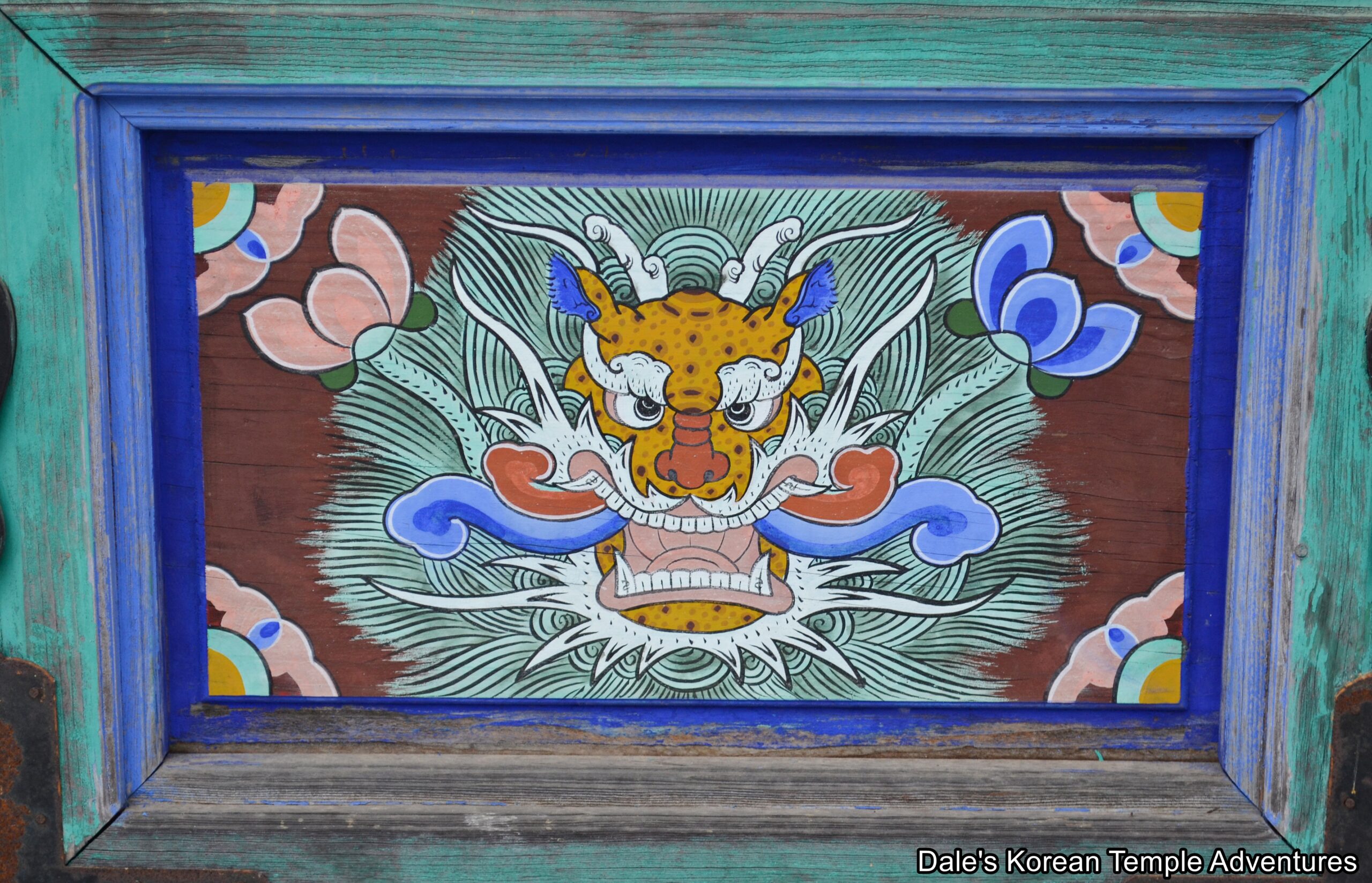

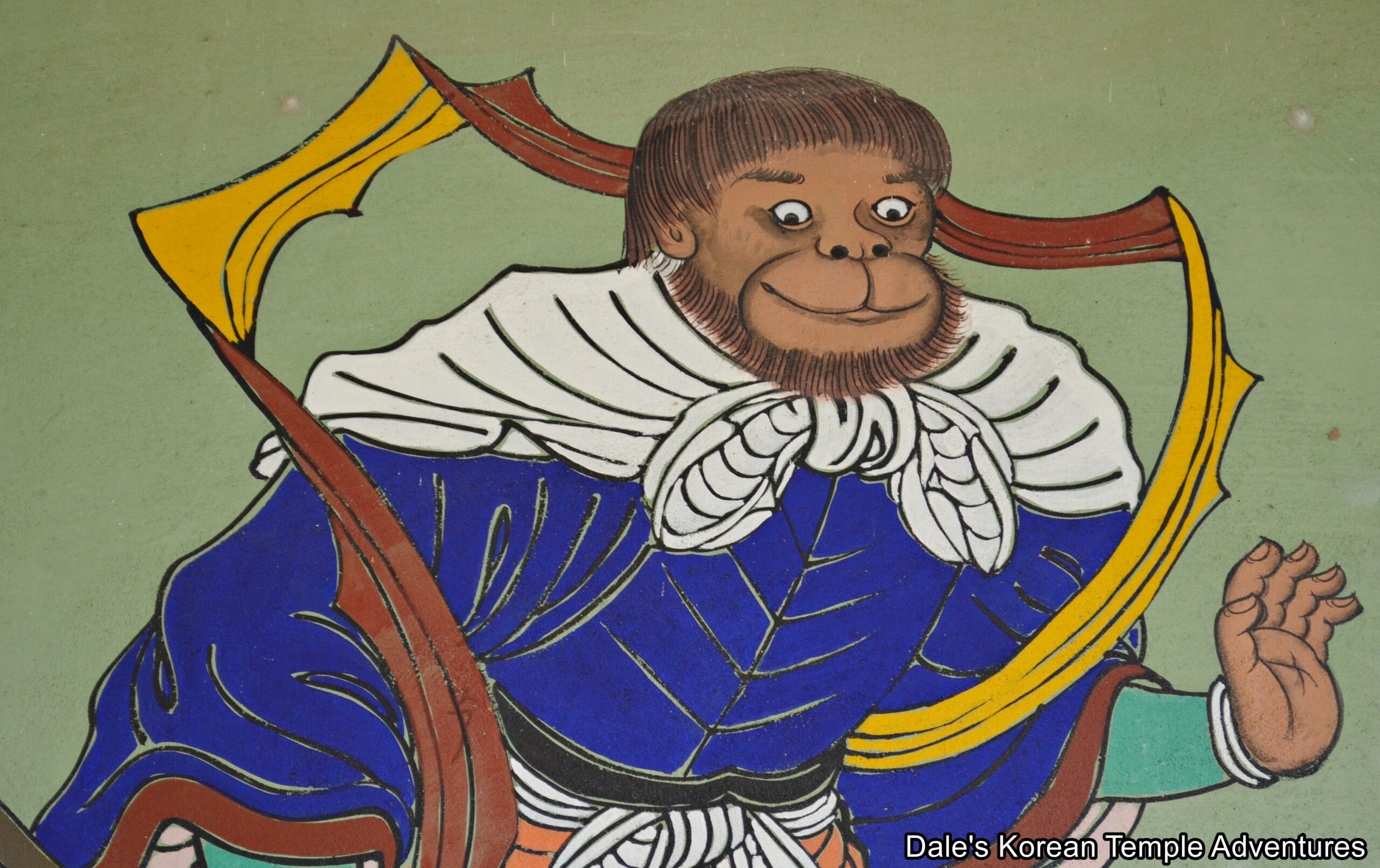
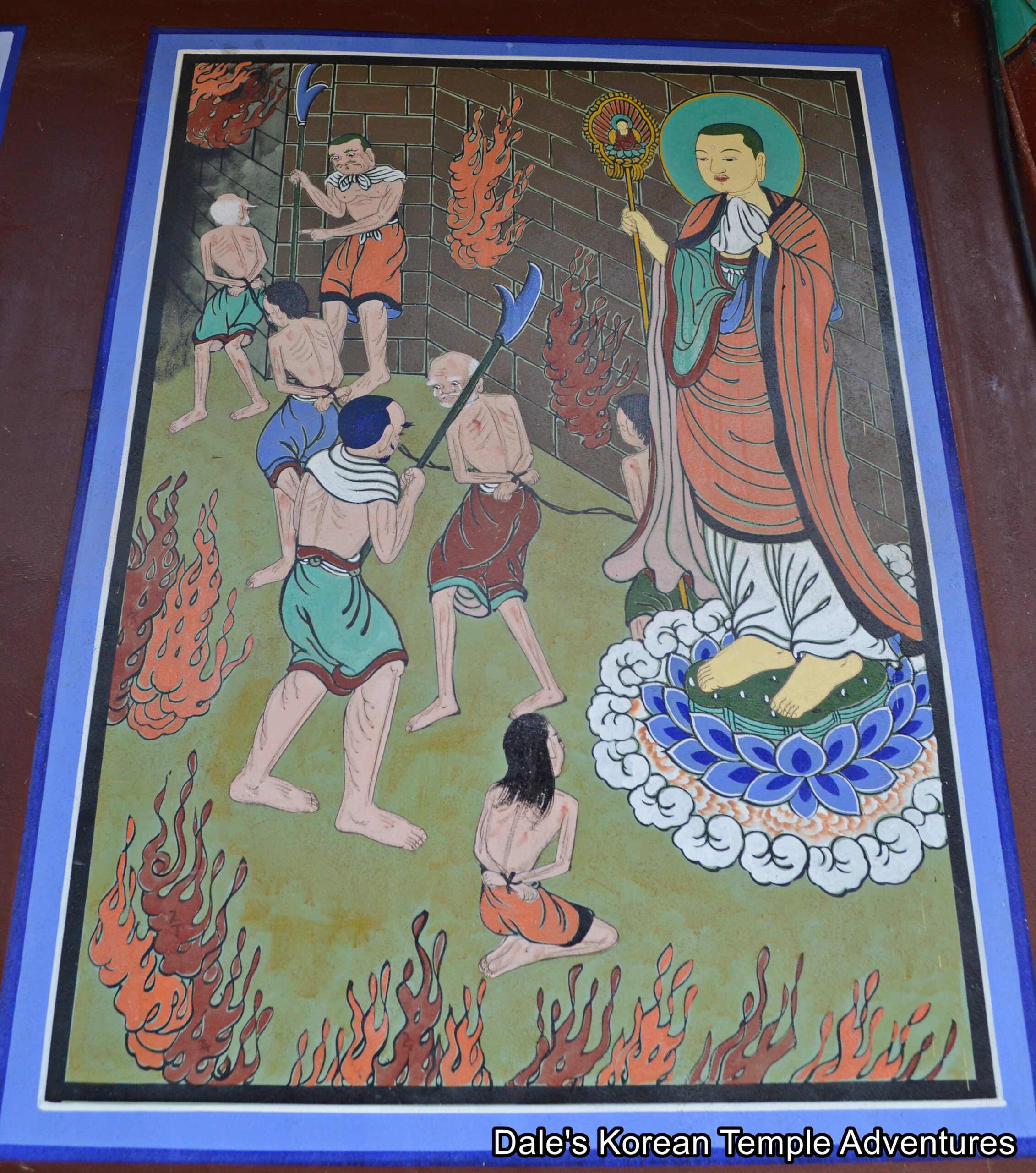
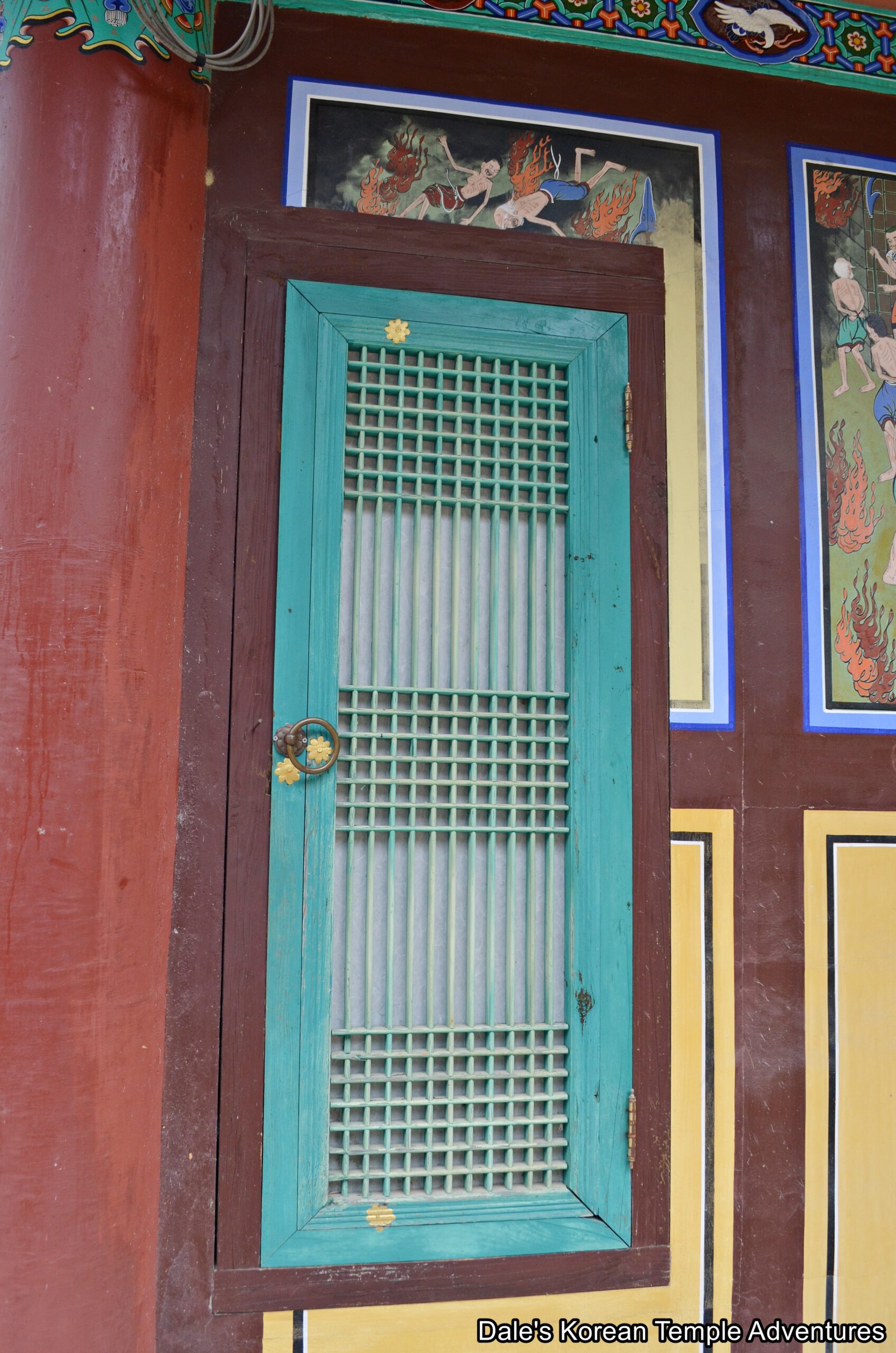
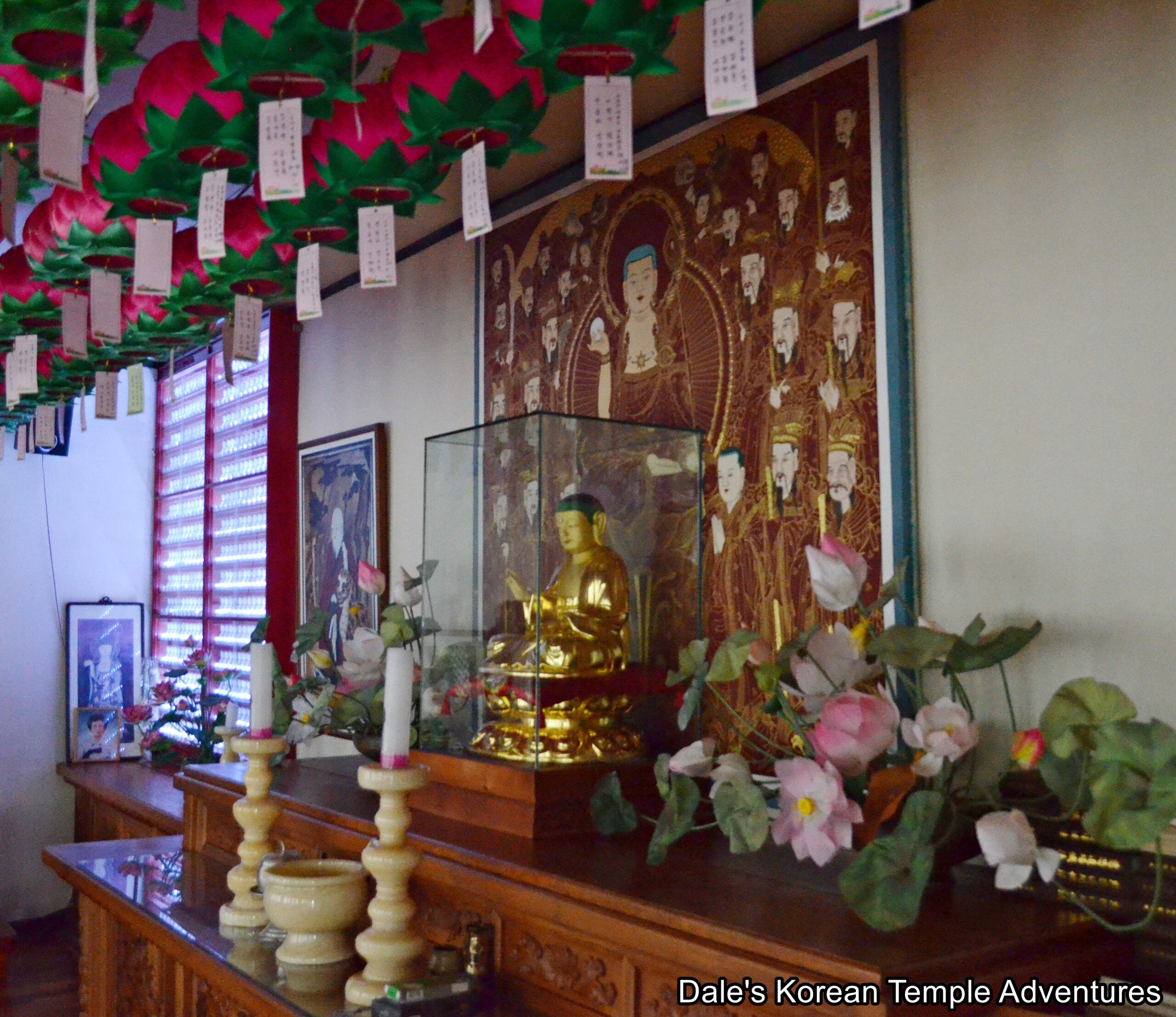
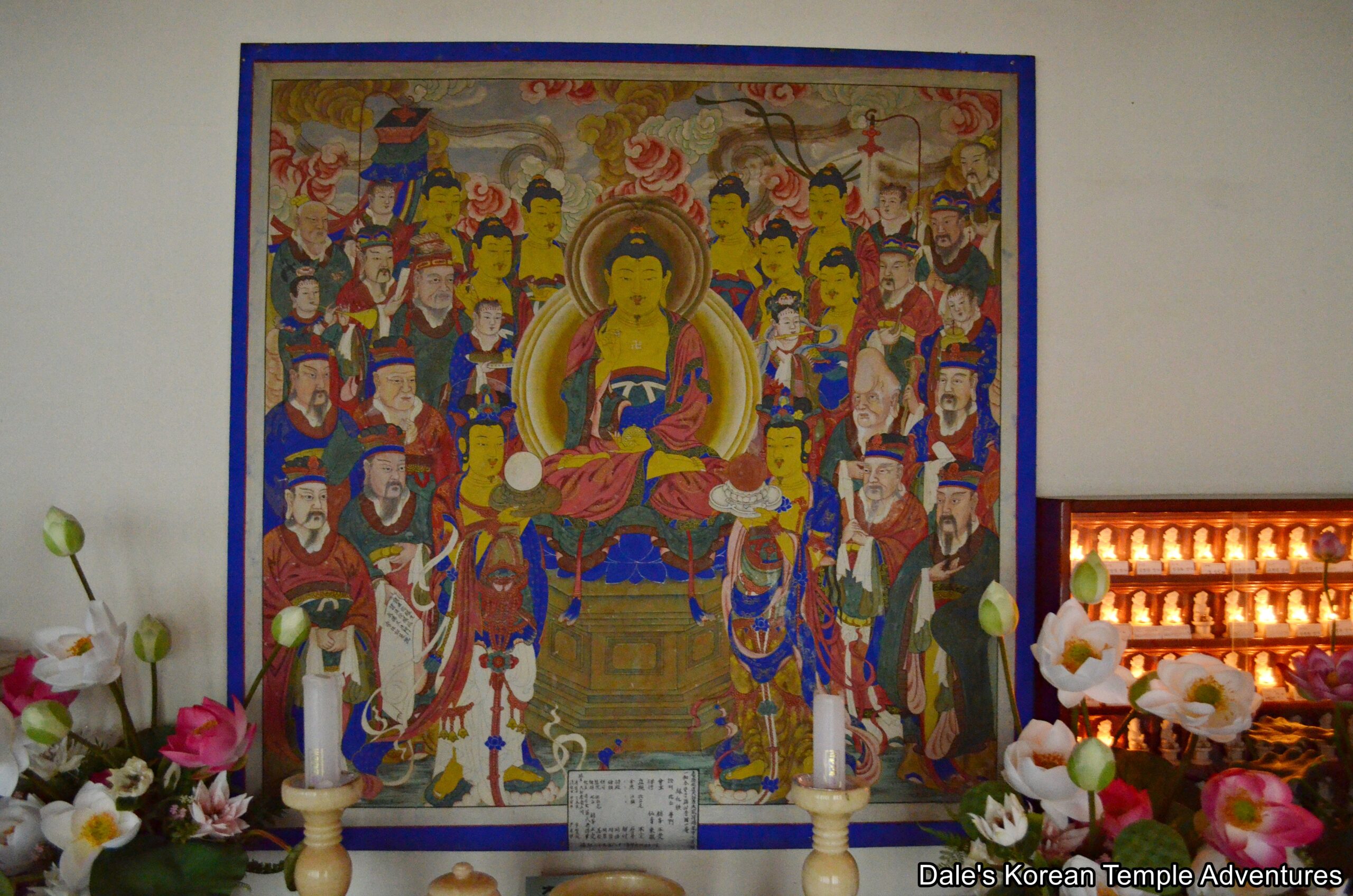

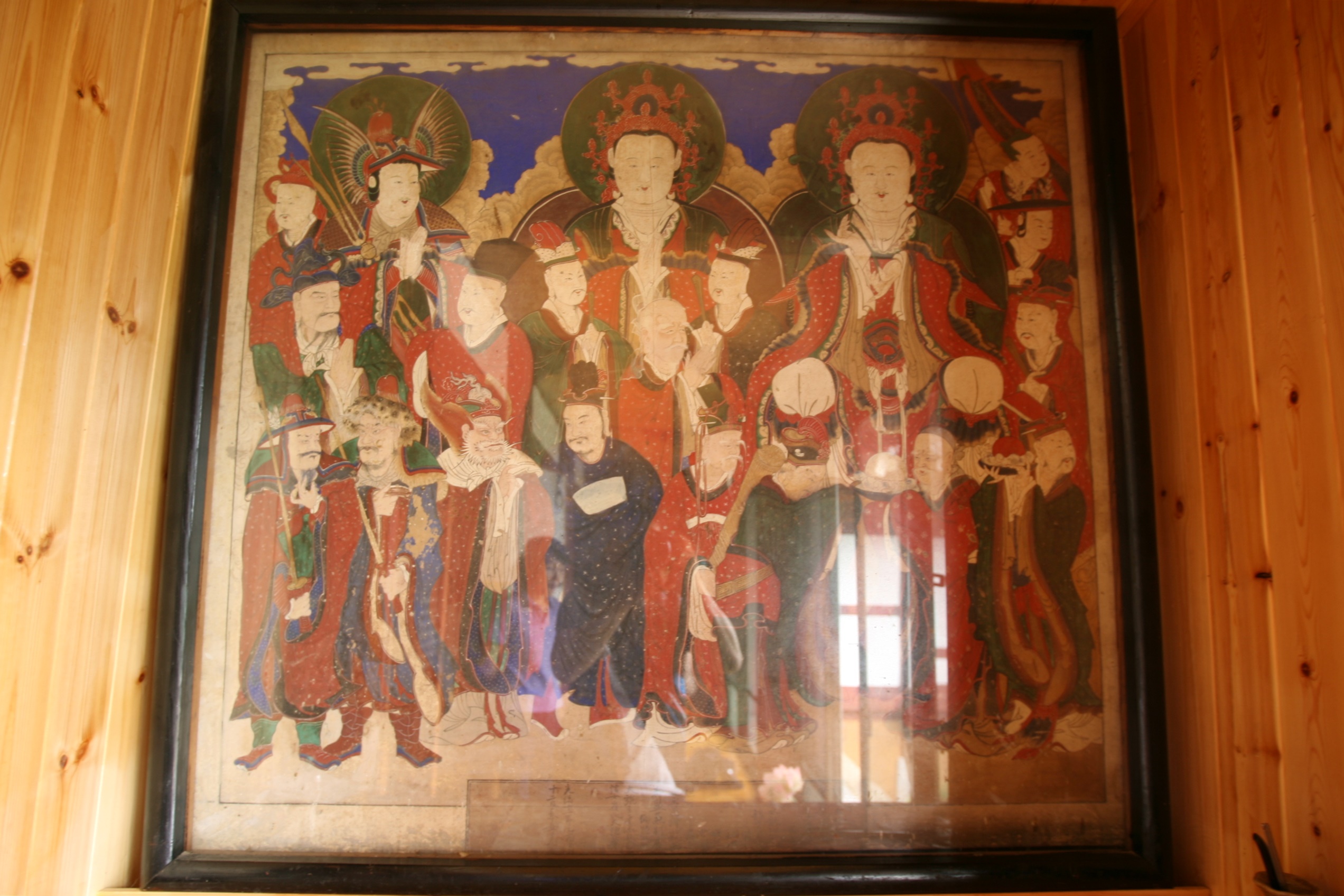
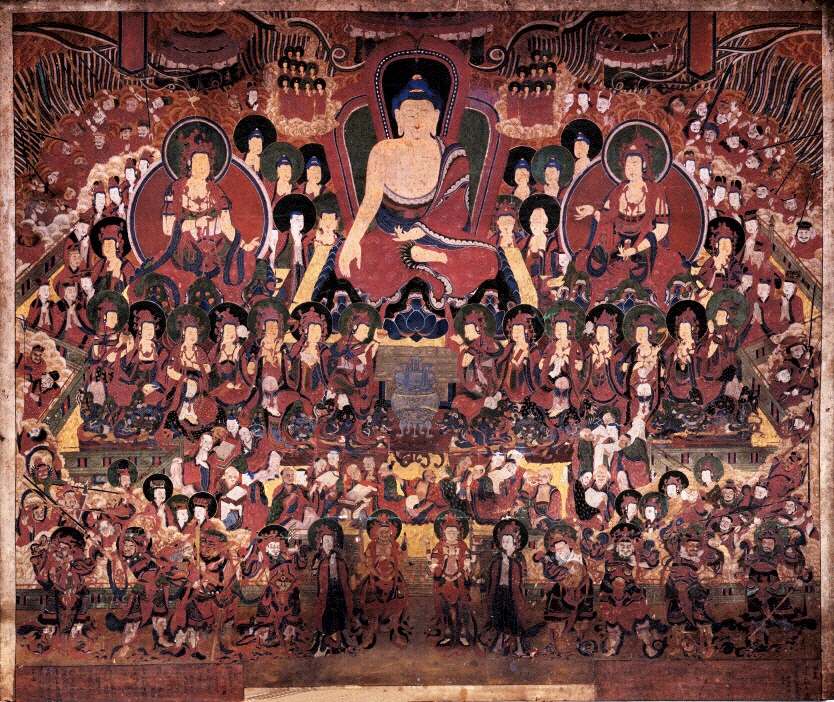


Recent comments